Discover Stage: what have we done so far?
The Discover stage of the Winchburgh Street Design project ran from March 2023 to June 2023, collecting comments from a wide range of stakeholders and community members through a variety of public and targeted engagement events. This stage of the project focussed on engaging with the community to understand how you use and experience Main Street as it is now, and what changes you might like to see.
Certain themes came up consistently through different engagement methods and activities, suggesting there are key themes of importance to many different people in Winchburgh.
Launching the project
We planted up plant pots and made bunting for the community garden with the children at the Easter Activity Camp, ready for the project launch at the Farmers Market.
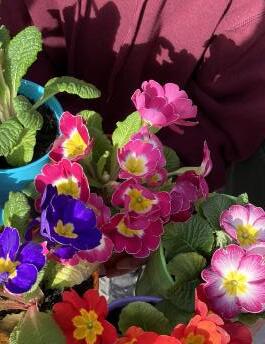
At the Farmers Market, we ran a pop-up stall with information about the project, an urban-exploration themed Easter egg hunt (with cake!) and had lots of conversations with people about what they like and don’t like about Main Street.
We also had a community drop-in at St Philomena’s Church, and set up the project steering group with members of the local community to help guide the project as it progresses.
Walking audits
We conducted walking audits of Main Street with different groups, including the project’s steering group, members of the West Lothian Access Panel, and groups from local schools.
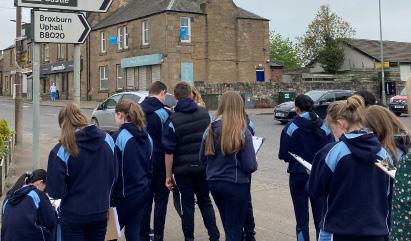
Participants identified issues with accessibility and opportunities to improve the area for people with reduced mobility and different ages. The information from the audit will be used to shape the design proposals helping make the street more accessible for everyone.

Targeted engagement with different groups

We did targeted engagement with some groups, to make sure their needs and experiences are properly captured.
We engaged with the West Lothain Access Panel to help us understand disabled peoples’ experiences, the Good Companions group to understand the experiences of older people, and school groups from Holy Family Primary, Winchburgh Primary, Winchburgh Academy and Linlithgow Academy to understand the experiences of younger people.
 701 people engaged with through Discover Stage
14 engagement events and workshops held in Winchburgh
534 contributions from 389 respondents to our paper and digital surveys.
312 people engaged at events and workshops
190 children and young people engaged
701 people engaged with through Discover Stage
14 engagement events and workshops held in Winchburgh
534 contributions from 389 respondents to our paper and digital surveys.
312 people engaged at events and workshops
190 children and young people engaged
Engagement themes: what did we find out?
Walking and cycling
Only 40% of survey respondents reported feeling safe from traffic when walking or using a wheelchair or mobility scooter. People commented on narrow pavements (particularly outside Scotmid and on the south side of Main Street opposite the old schoolhouse) and poor pavement surface quality
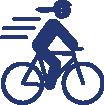
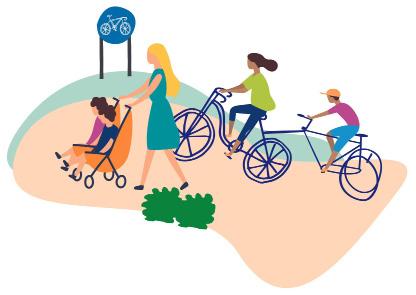
Only 24% reported feeling safe from traffic when cycling, with 46% feel unsafe or very unsafe. Children and young people reported that they mostly cycled on pavements, which were sometimes too narrow to pass others. Local businesses thought that Main Street is not currently safe and easy to access by cycling because of the speed and volume of traffic, which many survey respondents also said were key barriers to cycling more.
Look and feel
“Need to make the street prettier. Plants or raised beds.”
“Traffic is busy and fast there so wouldn’t be comfortable for the kids to walk/ cycle around that part of the village.”
“There is just about space but the condition of the pavement is very rough so and child would be well bounced in pushchair.”
Positive comments about look and feel were around specific things, like the blossoming cherry tree by the War Memorial, and the flowers in the community garden. Generally, people didn’t feel like Main Street was an attractive street
Talking about Main Street now, people used words like ‘bland’, ‘tired’, ‘run down’ and ‘neglected’, and often linked comments to a lack of cleanliness and maintenance People specifically felt that the van garage and the land opposite the garage were unsightly.

People reported that waiting for the bus was not always a pleasant experience. As well as accessibility and visibility issues, people said that the surrounding areas were not attractive, and that the design and upkeep of the bus shelters should be better.
Talking about the future, almost 60% of survey respondents said more greenery would help them spend more time on Main Street. People also wanted to see the street cleaner, brighter and more colourful
Spending time on Main Street
People wanted reasons to spend time on Main Street, with more things to see and do and more opportunities for play. Young people wanted more places they could be and said they favoured spaces which were away from traffic, more secluded, calm and pretty.
While people appreciated the community garden, many didn’t feel that it was an appealing place to spend time.
Many people commented on the lack of places to sit and socialise on Main Street, and businesses reported that the existing spaces were underused by both employees and customers. 58% of survey respondents said that more places to sit and socialise would help them spend more time on Main Street.


“Good community space. Nice when events on but on a dayto-day basis it feels empty and unloved. Access unsafe due to cars up the sides of garden.”
There are things to see and do
The appearance of the area is good / attractive 2% 18% 25% 40% 15% Strongly agree Agree Neutral Strongly disagree Agree 5% Strongly agree 17% Agree 27% Neutral 35% Strongly disagree 12% Agree
Engagement themes: what did we find out?
Vehicles
Many people reported on the impacts of vehicles on their experience of Main Street. The speed and volume of traffic were among the top 5 barriers to walking and cycling more reported by survey respondents, children and young people reported finding the road dangerous and older people talked about how busy and fast it is. Many people wanted to see vehicles travelling more slowly along Main Street, suggesting physical traffic calming measures and an extension of the 20mph zone.
The negative impact of parking arrangements and behaviour on how the street feels and how easy it is to navigate was reported by many people. People reported that pavement parking made walking more difficult, that visibility to cross the road was often impacted by parked vehicles, and that the existing Disabled parking wasn’t properly signed or protected.
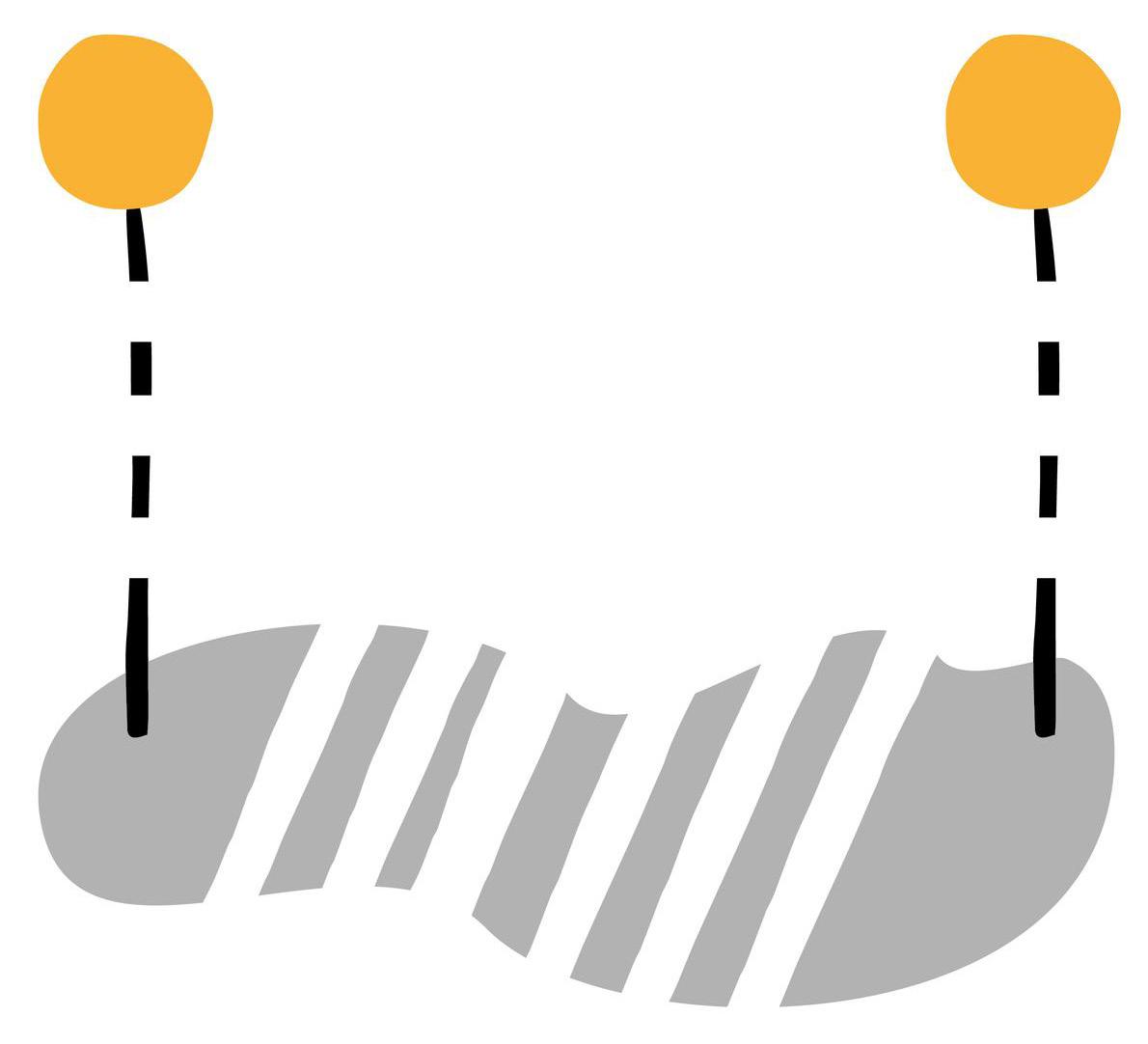
“The speed of traffic and works lorries is terrifying.”
“It is very busy with traffic and cars parking on the pavement make it difficult to cross at some points”
“Pavement parking - narrows an already narrow pavement”
“Islands not good for wheelchair userschange islands to a better crossing”
“Safe when lollipop lady there but otherwise not great. Difficult to cross- not clear line of sight due to parked cars and cars turning quickly round corner.” on Niddry Road junction
Crossings
Many people reported that crossing the street wasn’t easy or didn’t feel safe. 34% of people responding to the Commonplace survey said that they didn’t feel safe crossing the street, and 30% of respondents said that the lack of safe places to cross stopped them walking for more journeys.
Older people described ‘taking your life in your hands’ when you cross the road. Existing crossing islands were not seen as the most helpful type of crossing facility as cars don’t slow down and they still require confidence. Different groups wanted to see more safe crossing facilities along Main Street, suggesting zebra crossings and more signalised crossings.
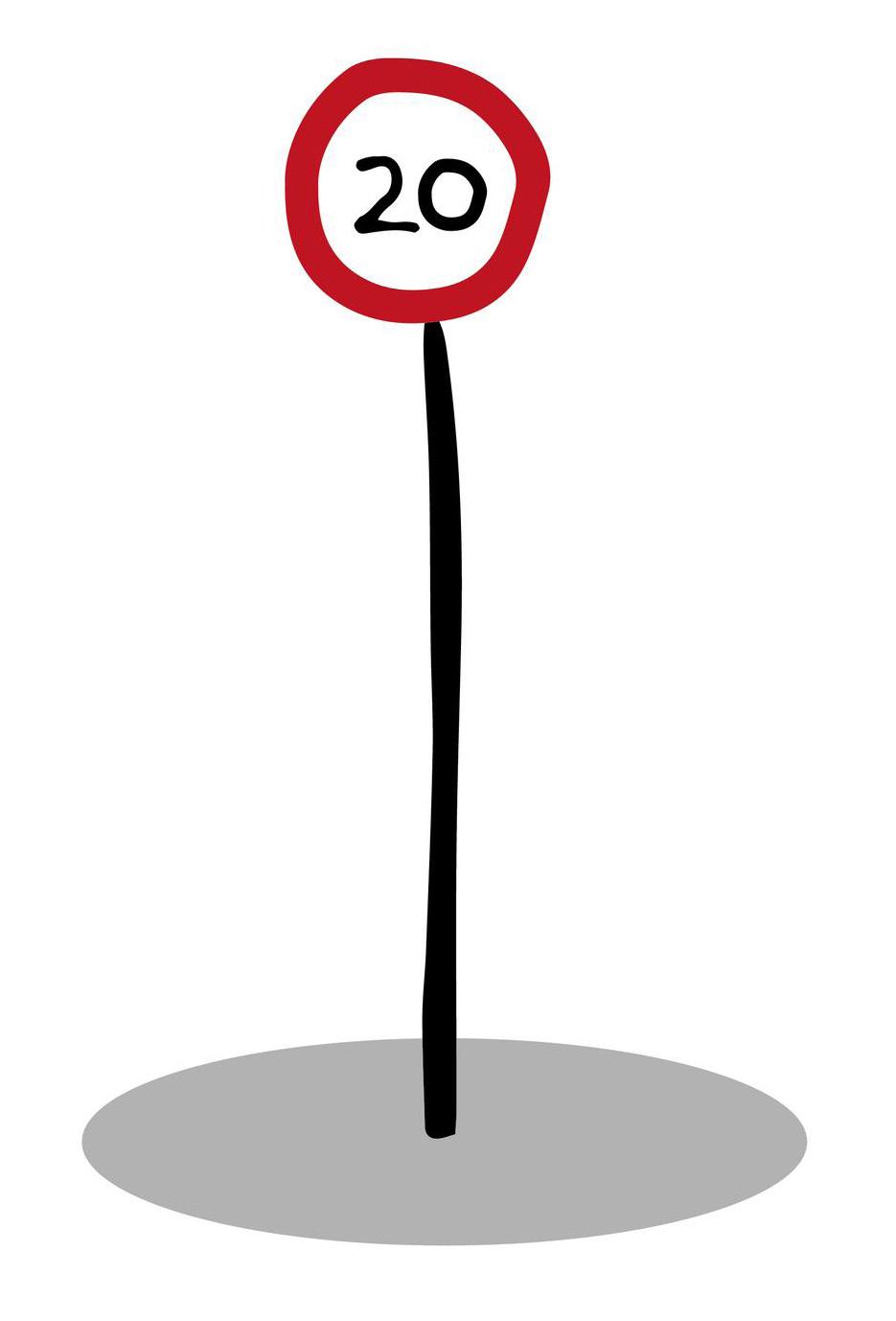
Accessibility
Many people reported themselves or others struggling to navigate Main Street because of the physical environment. In addition to the impact of the themes above on accessibility, people also talked about:
• Sloped pavements which make it difficult or impossible to push or propel a wheelchair.
• The absence of properly dropped kerbs in the correct places, without appropriate tactile paving to assist visually impaired pedestrians. People travelling with buggies also said this was a problem.
• Uneven, bumpy, or inappropriate surfaces which are poorly patched. Some utility covers are raised and present trip hazards.
• A lack of resting places, affecting people with limited mobility.
• Shop signs, lampposts, bins narrowing the pavement and making it difficult to move around

“Sight lines and pavement boarding platform, can't get up to bus stop in selfpropelled wheelchair.”
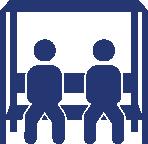
There are places to rest and stop
agree
23%
27% Neutral 36%
3% Strongly
Agree
Strongly disagree 11% Agree
Engagement themes: out of scope

Shops + Services

People often mentioned lack of shops, services and amenities. This was especially true for children and young people.
While we can’t provide more amenities, we can seek to make changes to the street which support and attract more local business and activity.
Use of private land for off-street parking

Several people suggested using private land (including the land opposite the van garage, some land behind Scotmid, and the Tally Ho car park) to create formal off-street parking.
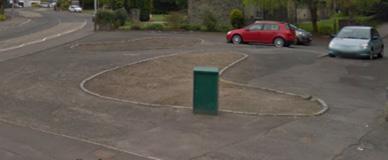
While this is outside our scope, we will look to address parking issues and impacts in other ways through our design and project development.
Public transport provision
During the Discover stage, a key bus route was cut. There was a lot of frustration and many comments about the impact of this on people accessing shops, jobs, schools and health services. There is also ongoing frustration about the lack of train station.
While we can’t provide bus routes or a train station, we can look to address issues with the experience of catching a bus on Main Street and acknowledge the potential train station in our design development.
Did we get this right? Let us know!
Urban Analysis: what did we find out?
As well as community engagement, we have used lots of different methods of data collection to get as rich a picture as we can of what Main Street is like, how it is used and how it is experienced. We carried out urban analysis through a combination of desk-based research, on-site studies, and external data commissioning.
Observing public life
One of the primary activities we undertook was a public life survey. Public life is simply activity that takes place in everyday public spaces – in Winchburgh that’s the streets and the pockets of space surrounding them.
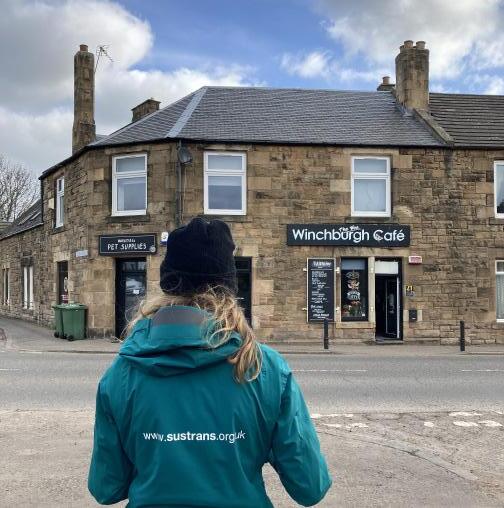
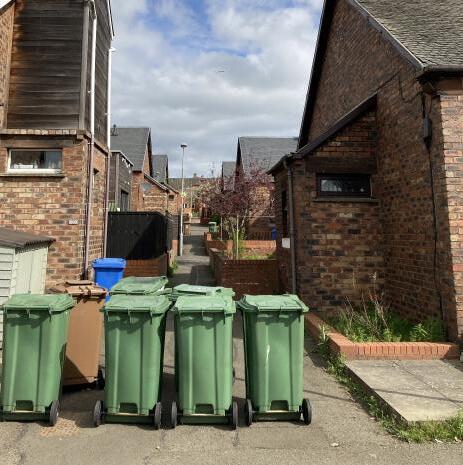

By spending time and observing, we are getting an understanding of how public spaces function and whether they serve peoples’ needs. Dimensions of need include comfort, safety and ease of mobility for pedestrians.
Over three days, the project team carried out Public Life Studies at four locations on Main Street, during which we counted people, traced their movement patterns and observed stationary activity.
Through these studies, we were aiming to understand:
• How people move through Main Street;
• The types of people moving through and using facilities in the area

• How people spend time in Main Street.
Using a variety of tools we have observed and recorded both the physical qualities of Main Street and how people behave on it. Much of this matches the themes identified in engagement, including:
• Narrow obstructed pavements
• Junctions that are inaccessible and difficult to cross
• High volume and speed of traffic
• Pavement parking obstructing visiblity and mobility
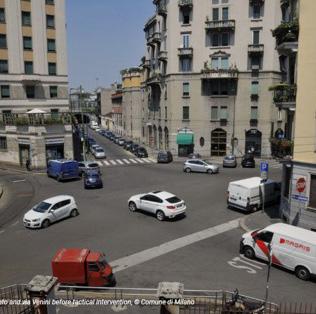
• Presence of green space but used little
• A comfortable scale of street with potential but needs some maintenance and care
• Little to no places to play or spaces for young people
How do people move around Main Street?
Tracing studies provide a visual picture of pedestrian movement across the area. The studies show dominant flows and desire lines at each location, highlighting the extent to which movements are well or notso-well facilitated by the current street infrastructure.
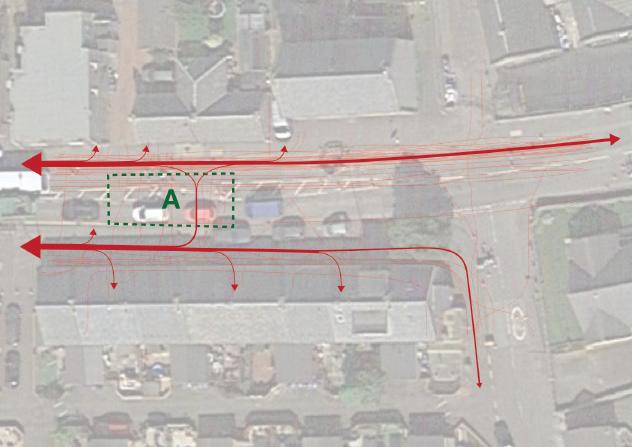
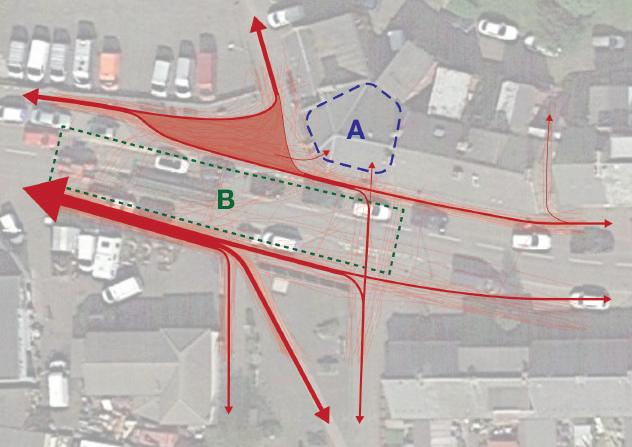

 Niddry Road junction and the Tally Ho
Around Scotmid
Around the Community Garden
Castle Road and the Miner’s Rows
Niddry Road junction and the Tally Ho
Around Scotmid
Around the Community Garden
Castle Road and the Miner’s Rows




 701 people engaged with through Discover Stage
14 engagement events and workshops held in Winchburgh
534 contributions from 389 respondents to our paper and digital surveys.
312 people engaged at events and workshops
190 children and young people engaged
701 people engaged with through Discover Stage
14 engagement events and workshops held in Winchburgh
534 contributions from 389 respondents to our paper and digital surveys.
312 people engaged at events and workshops
190 children and young people engaged






















 Niddry Road junction and the Tally Ho
Around Scotmid
Around the Community Garden
Castle Road and the Miner’s Rows
Niddry Road junction and the Tally Ho
Around Scotmid
Around the Community Garden
Castle Road and the Miner’s Rows